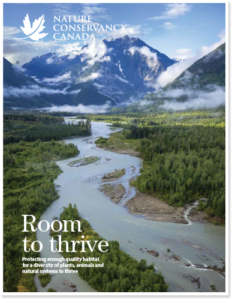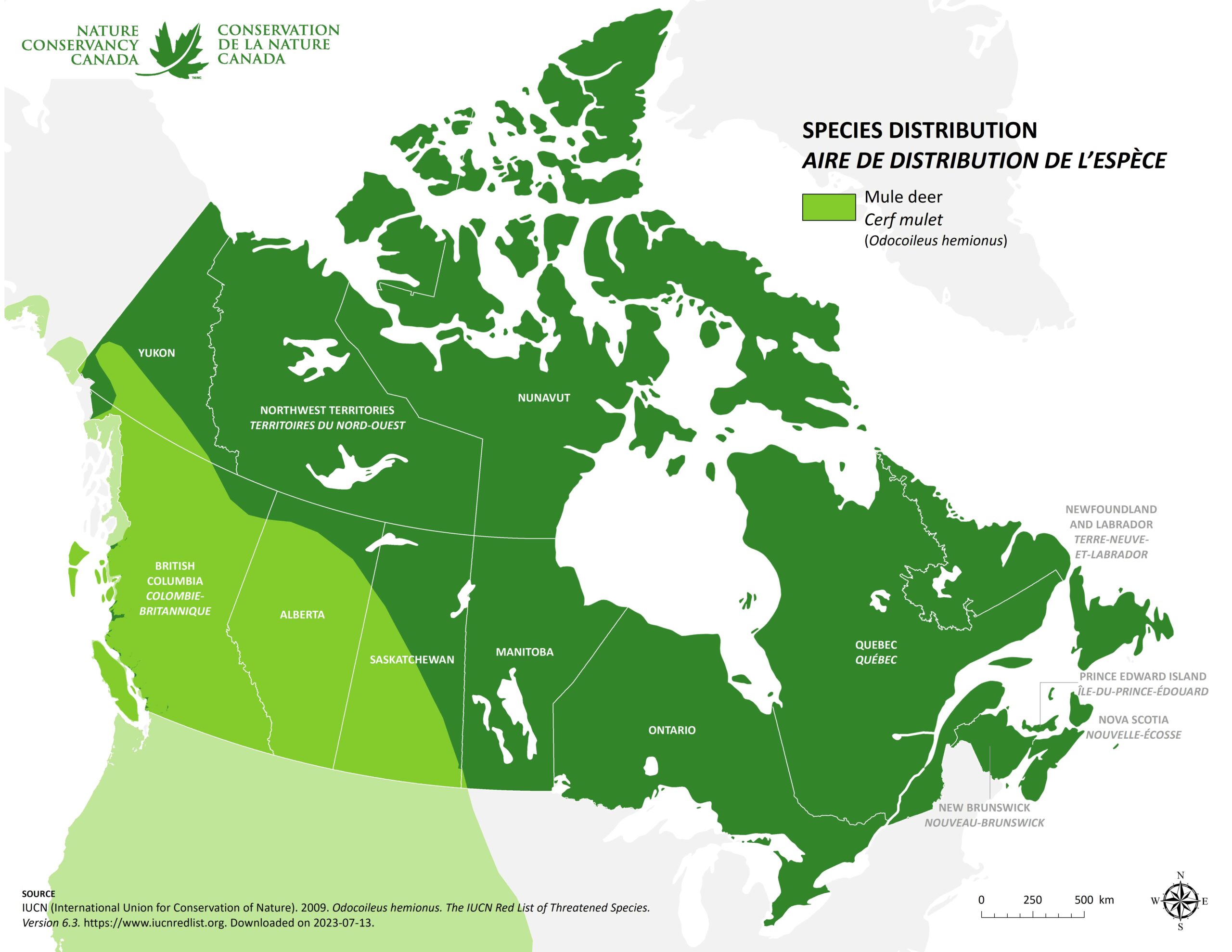Coast to coast
Nature knows no bounds
NCC has partnered with Parks Canada to bolster conservation near national parks (page 4).
Birders’ paradise, picturesque summits, soul-soothing forests, seaside vistas and rolling prairies…Canada’s national parks and national park reserves teem with life. The survival of the plants and animals living in these natural enclaves, however, depends on connected and intact natural spaces beyond park borders. Yet the landscapes that bring us these gems are under threat from climate change and biodiversity loss, and strained by human activity and development. A new partnership between the Nature Conservancy of Canada (NCC) and Parks Canada (PC) will support healthy and resilient landscapes across the country.

